Gilsonite or mineral bitumen is a black, hard, and brittle material with a shiny surface, In fact, it is a solid hydrocarbon that due to underground layers events and geographical conditions, During the previous thousands of years in the sources of crude oil storage in the vertical layers below the surface of the earth under the influence of heat and various other factors, which causes the release of organic and volatile substances such as gases and vapors from which a hard, solid and shiny product with a lot of carbon remains in the underground mines.
Gilsonite was identified and discovered for the first time in America by a person named Mr. SAMUEL H. Gilson, in early 1860.
Mr. SAMUEL H Gilson used this material for insulation and waterproofing materials, as well as for covering cables and covering the surface of wooden timbers and polished oil.
Mr. SAMUEL H GILSON was the first person to discover this material and registered it, and for this reason, it is known as Gilsonite in the world.
It should be noted that from 1860 to 1880, Gilsonite consumption was still limited and continued as mentioned above; until after 1880, the features and functionality of this material were realized; Nowadays, this material is used in the printing industry as a cartridge powder for printing machines, in the cement and casting industry, and in the drilling of oil wells, as a drilling mud for the lubrication of the drilling drill and to reduce the heat of the oil well drilling drill, which is very effective in reducing the drilling time and in reducing the costs. Drilling has a very high role; and preparing asphalt by adding Gilsonite powder to hot asphalt for It is used in road construction, which prevents the asphalt from breaking, cracking, and hardening in the cold and causes the asphalt to last a long time on the roads. This material is very valuable because it contains more than 100 elements, which can be combined with 160 other materials, and the softening temperature of Gilsonite is between 148 and 240 degrees Celsius, and its permeability is up to 0.04 mm, and it should be noted that at least There are 30 active mines in the western and southern regions of Iran also, in the states of, ILAM, Kermanshah, Lorestan, and Bushehr, and in addition, there is a unique and high-quality type of Gilsonite with a very high degree of purity in the states of Utah and Colorado, which is widely used for the production of high-quality products mentioned above.
The method of extraction from Gilsonite mines depends on the location of their mines, that is, if the mines are open-air, it is done by an excavator, and if it is underground, it is done in the traditional way, that is, with a hand shovel, pickaxe, and Air compressor with the pneumatic hammer, High-quality Gilsonite contains 70-80% carbon, 15% hydrogen, and the remaining 5% is made up of oxygen, nitrogen, sulfur, and a small percentage of metallic elements, as well as 15-30% volatile organic matter.
Gilsonite in terms of environmental health and human health
During the investigations conducted by health and medical organizations regarding Gilsonite, the results obtained show that contact and working with this product does not cause any side effects such as skin sensitivities such as burning and itching, respiratory failure, and eye discomfort for humans and it is not carcinogenic.
The countries that have Gilsonite mines
America, Canada, Venezuela, Australia, Iran, which has large mines, and Iran ranks third after America and Canada in terms of having large Gilsonite mines; the country of Iran has become one of the important exporters of Gilsonite in the world by having several Gilsonite mines with high purity.



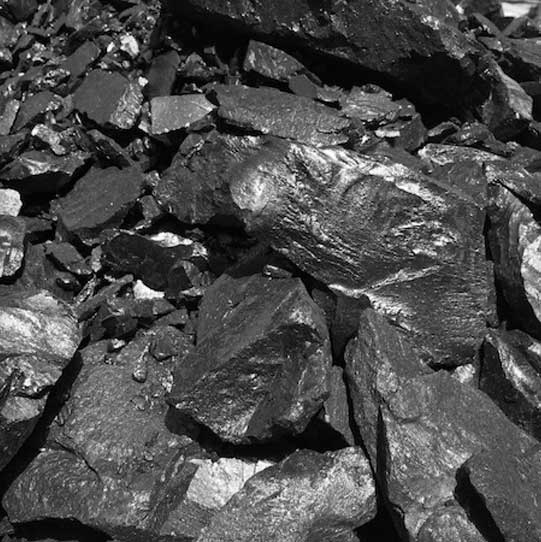
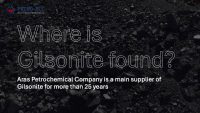
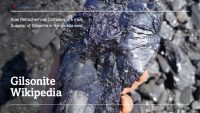
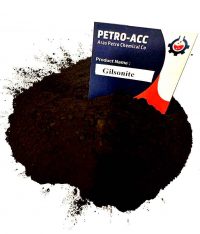
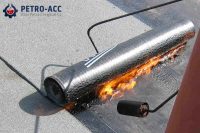

Leave A Comment